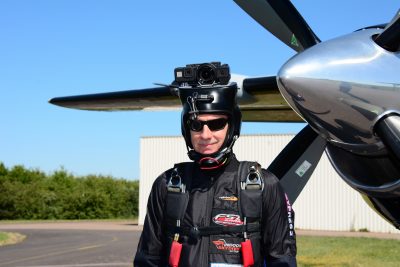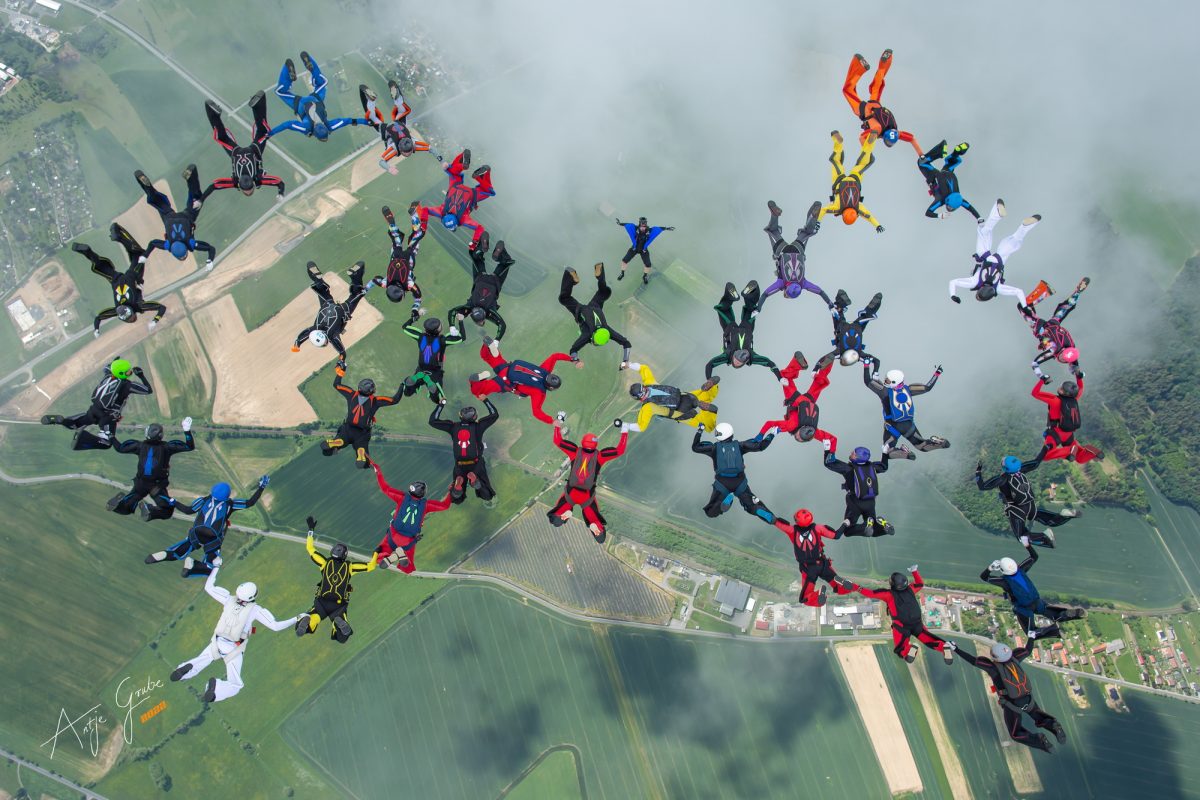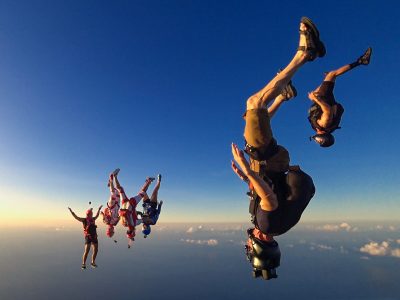
When you do it, do it right – Cameraflights
Tuesday, October 25, 2022
- Team CYPRES
- 10/25/22
- 0
- Education and training, General
Lets face it, our sport has quite some risks.
Some can easily be reduced by using some smart German high tech like a CYPRES. To reduce other risks, we have to take action ourselves. That means learning and striving. This means spending money (tickets). However there is one area, where almost everybody just thinks he can progress effortless and without the need to learn: camera flying.

As soon as almost every newbie skydiver has (depending on the country) the required minimum numbers of jumps, he mounts a small action camera to his helmet. This is where the problem starts, because the small camera can cause big problems. Bigger problems than one would expect. Its starts on the way to altitude, where turning on the camera is more important than doing the equipment check and the cutaway drill. It continuous with the entanglement with a buddies reserve handle on a tight exit all the way down to forgetting separation and opening altitude in order to get one more shot. At this point CYPRES has already saved some lives. And even if the canopy is open, turning the camera of is more important than looking around for traffic.

So if you think you are good enough to fly a camera,
without the need to really learn it, let me tell you that that you are dead wrong. It’s like learning to drive. At the end of the first driving lesson most people are able to drive a car. However a lot more lessons are required to be able to do it without endangering others or yourself. Same in skydiving. The basic introduction, as required by most national skydiving federations, is like the first driving lesson. If you are smart, you will realize at this point, that you ain’t learned nothing yet. So what would be a safe solution? Simple, like in learning to drive a car: Take more lessons. Book a camera course from a really experienced camera flyer. This is most probably not the local hero that films all the tandems at your DZ. Choose someone who is filming tandems, belly and freefly formations and competitions teams frequently on an international level. Choose someone who produces great videos and photos, because besides the technical and safety part, a secondary focus of a good camera course is on how to take great looking footage.

And last but not least,
a good course does not consist of six hours of theoretical lessons and working on your camera equipment plus a few jumps, learning continues after the course. So make sure your instructor is willing to review and discuss videos you have filmed long after the course in order to continue learning. A good camera flyer course does not only make you a safer camera flyer, which is most important, but it also improves the quality of your footage.
By Ralph Wilhelm
Adventure, Tips, and Adrenaline
Subscribe to Our Newsletter
By signing up for our newsletter you declare to agree with our privacy policy.

